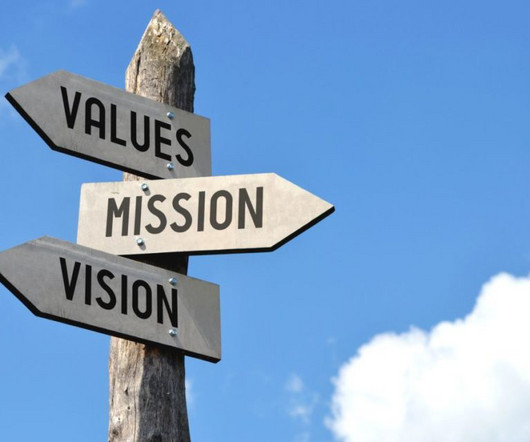An Evolution of Evaluation in Grantmaking With a Participatory Lens
sgEngage
OCTOBER 9, 2023
But is this the right question? The data collected is usually owned by the grantmaker, not questioned, and not shared back with the grantee or any larger community. For many grantmakers, the answer to these questions is our own institutions. Grantmakers want to know if their funding has created the change they have envisioned.


















Let's personalize your content